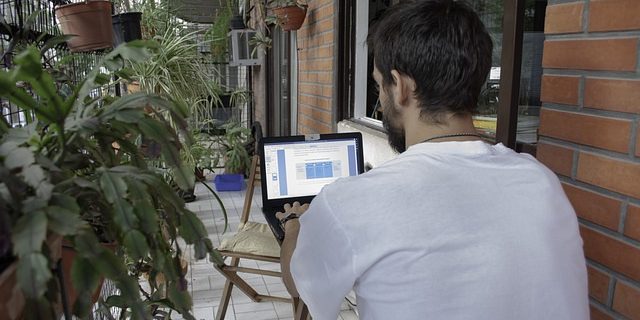There was a time when work dictated where homeowners in Victoria could live. Typically, the city and suburbs provided convenience when commuting to and from the workplace. For many homeowners, the bustling metropolis wasn’t their first choice.
If you have longed to live by the sea or out in the country where it is quiet and peaceful, working from home (WFH) may provide the solution. Times are changing and the technology now exists to enable homeowners to work remotely as long as there is sufficient internet access. If you are considering changing your living situation and moving out of the city, it is time to start planning for a smooth transition.
Leaving the City
If you have always lived in the city or suburbs, the transition to a seafront or rural location may seem daunting.
It is a completely different world and properties will likely have different maintenance needs. Before you jump right in, consider the differences in properties outside of the city.
Building a property in regional areas requires careful consideration of environmental and geographical factors. Independent inspections at construction stages – typically slab down, frame, lock-up, fit-out, practical completion/handover – will identify defects and issues that do not comply with local requirements or the building standards. It is important to build a property that will endure regional weather or soil conditions, and resist potential pest infestation.
Additionally, adventurous homeowners should take advantage of any Victorian government incentives to build outside of the city. These incentives are time limited so do not miss out on the opportunity to build your dream property at a significantly lower cost.
Once you have taken the leap and secured finance for your new build, it is time to consult with a builder and independent building inspector. When short-listing builders, avoid contractors who have never worked in the region where you plan to build your new home. It is also important to choose a reputable construction inspection company that understands building standards in Victoria.
Regional Building Inspections in Victoria
As mentioned, a stage inspection plays a critical role in ensuring your dream home is built to Building codes and Australian Standards. There are several major considerations associated with each type of property. For instance, seafront properties are more likely to become vulnerable to salt and corrosion, requiring more galvanised materials and fixings. If your home is in a remote location with sparse vegetation or trees, major structures become vulnerable to severe weather such as wind and storms. All these considerations should be included in the plans for your build.
Once work is complete on your new regional home, you should not sign off with the builder until a handover inspection is completed. The object of the handover inspection is to identify any defects and unsatisfactory works. If you attempt to raise a dispute related to defects after the builder has been released, it becomes more difficult to prove that it existed when you took over the property. By having a handover inspection carried out by a qualified building inspector (VBA-licensed DBU as a minimum), you have the added assurance that the property has been built to a satisfactory standard.







